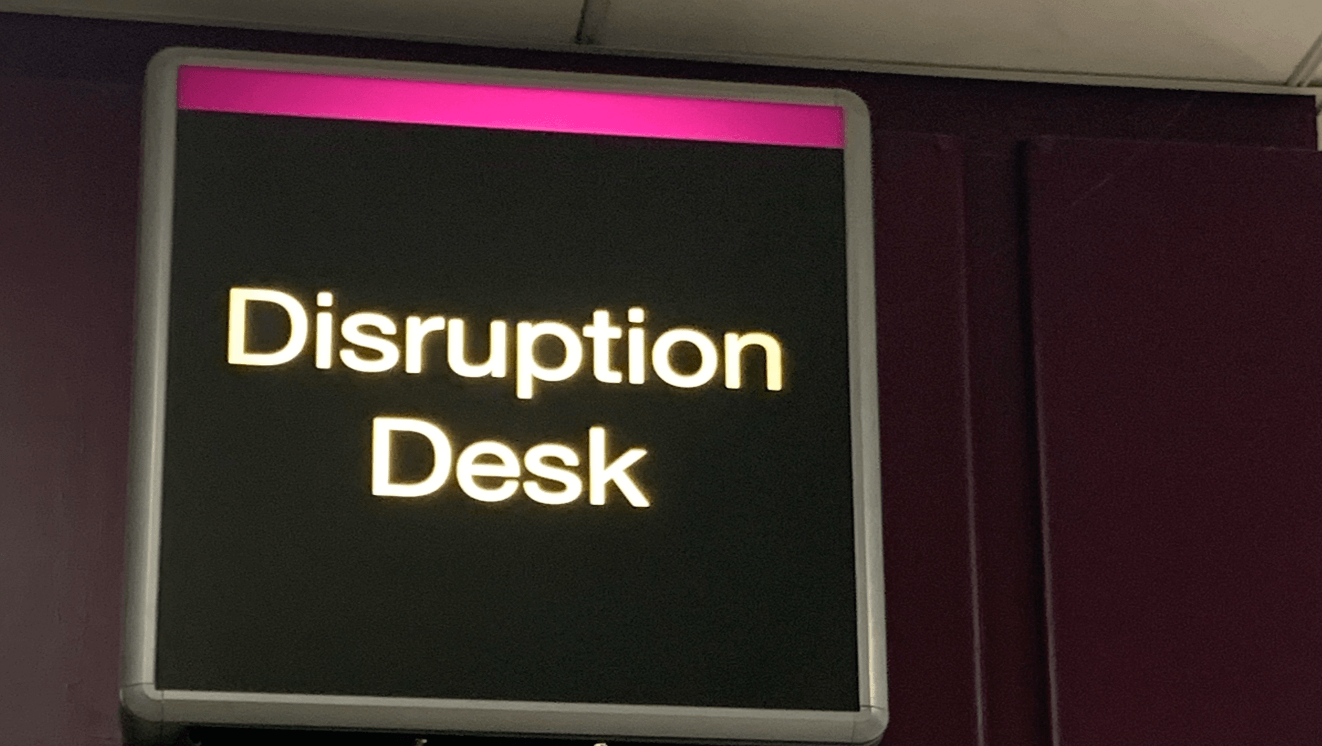Summary: Disrupted journeys cause friction in the interface or service interactions, strain customer support and help, and lead to eroded brand loyalty or, worse, customer defection. Continuously understanding your cross-channel customer journey exception cases and ensuring everything runs smoothly is vital.
Addressing your Disrupted User Journeys
Your user journey becomes disrupted when users’ paths are blocked. A disrupted journey follows broken tasks and touchpoints. This is why mapping your touchpoints across channels is so important.
- Broken tasks: Users are not able to complete their goals. It could be a technical issue, or the design, or both.
- Broken touchpoints: The touchpoint (exchange of information) could be ambiguous, confusing, or non-existent. It could be poorly trained staff or a badly designed sign or infographic. See How to Optimise your touchpoints
Understanding the totality of disrupted journeys
User journeys can have minor or major disruption to customer experience or digital user experience, or both. See How CX and UX work together Miniclass (webinar recording)
- Minor issues mean users must commit more effort, time, and attention to your convoluted mobile app, for example. Other examples include error messages and states or broken touchpoints requiring more effort.
- Major disruptions mean they are at a standstill and need to be re-routed: An unplanned intervention on your part, an unexpected one for customers. These can include unresponsive service channels, such as making users wait on calls excessively or forcing users to download an app that fails to fulfill the task. Other examples include exceptions where policies do not support, empower, or amplify customers’ needs. See How Policy Design impacts product-service design
Why this matters: The impact of disrupted journeys can often go unnoticed. It hampers customer satisfaction, loyalty, and brand perception. A broken journey can turn a potential advocate into a detractor. A constant stream of insights is required to keep tabs on overall journeys. They must be designed meticulously upfront using Service Design methods like Creating Service Blueprints (upcoming workshop).
Identifying Disruption Points: How to address a Disrupted User Journey
Identifying disruption points involves researching and continuously mapping customer journeys. It also relies on you conducting a touchpoint inventory around cross-channel service experiences.
Effective management of journey disruptions includes:
- Proactive “fail state” design: Discover and design for failure or collapse in a channel or with a touchpoint. Build disruption cases into the system from the start.
- Design for human-friendly error handling: Provide clear, accessible, and helpful information during errors. Better yet, design error handling out by using “automagical” ways to authenticate users, for example. Slack’s “magical link” pattern comes to mind.
- Streamline channel switching experience: Ensure easy access to customers jumping from one channel to the next, either for their reasons– or because your policy forced them to.
- Regular review and updating journey maps: Keep journey maps and service blueprints updated to minimize lost or buried customer disruption cases. You want to avoid the delusion that everything is fine because a policy or channel is doing the heavy lifting.
- Keep the feedback detector on: Implement mechanisms to gather and act on user feedback, like Real-Time Interaction Management* or other journey analytics tools. Bring this together in Insight Sprints.
*Real-Time Interaction Management (RTIM) refers to technologies and strategies enabling businesses to analyze and respond to customer interactions in the moment across various channels. RTIM leverages data analytics, decisioning algorithms, and automation to deliver personalized experiences, offers, or content based on the customer’s current context, behavior, and history. This approach aims to enhance customer engagement, satisfaction, and loyalty by making interactions more relevant and timely.
Final Thoughts
Disruptions in user journeys are more than just technical issues; they’re opportunities to demonstrate a commitment to customer experience. Handling these disruptions effectively can strengthen customer relationships and enhance brand reputation. UX Designers can start by embracing error states and ‘unhappy paths’ and looking at breaks between and across channels.
Disrupted user journeys are challenging but manageable. By understanding and anticipating disruptions, Service Designers can turn potential negatives into opportunities for improvement. Prioritizing the customer and user experience, even in the face of challenges, is critical to maintaining customer trust and loyalty.
Go deeper in this month’s Masterclass on Designing for Disrupted Journeys








